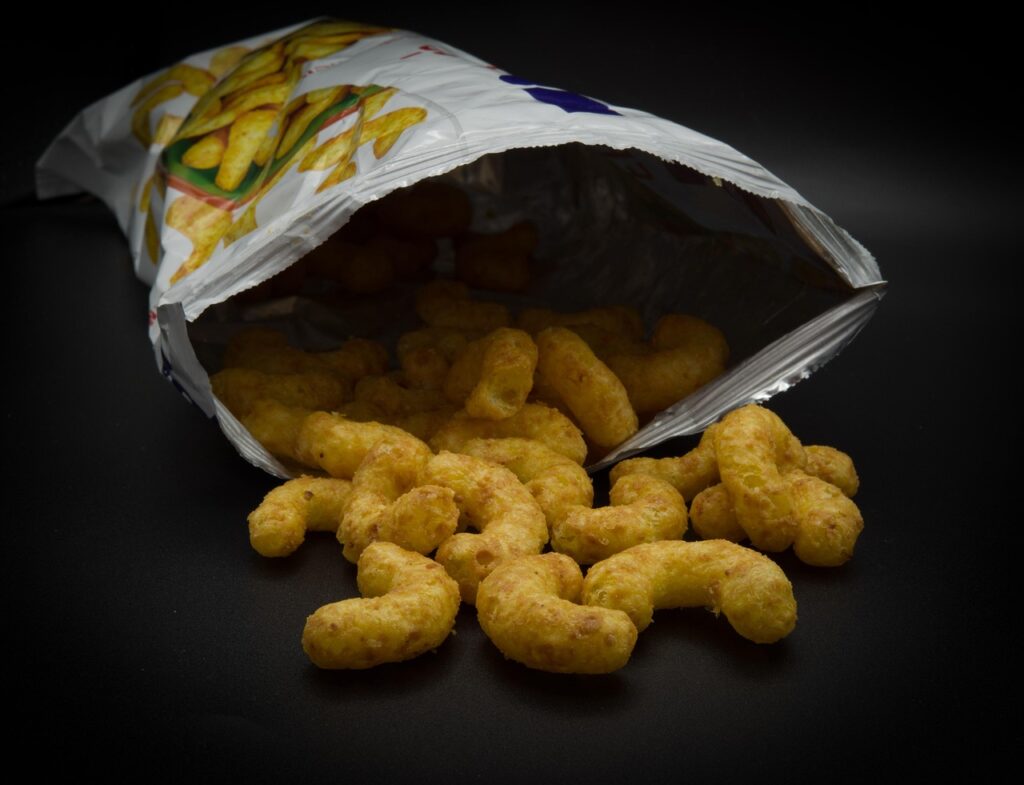As the due date approaches, expectant mothers often focus on hospital bags, birth plans, and nursery preparations. However, research suggests that one third-trimester habit may significantly impact labor experiences more than these common preparations: regular perineal massage. This simple practice, when performed consistently during the final weeks of pregnancy, appears to create measurable differences in birth outcomes and recovery experiences.
The Biomechanics of Perineal Tissue
The perineum—the area between the vagina and rectum—undergoes extraordinary stretching during vaginal delivery. Without adequate preparation, this tissue often tears or requires surgical cutting (episiotomy) during childbirth, leading to prolonged recovery, increased pain, and potential long-term complications.
Obstetricians and researchers specializing in maternal birth outcomes explain that perineal tissue responds to regular stretching by becoming more elastic and resilient. This increased elasticity allows the tissue to stretch more effectively during delivery, reducing trauma to the area.
Biomechanical studies reveal that regular massage increases blood flow to perineal tissues, promoting collagen remodeling that enhances tissue flexibility. This physiological adaptation appears similar to how athletes condition muscles and connective tissues through regular stretching routines.
The Evidence for Effectiveness
Multiple controlled studies demonstrate significant benefits for women who practice regular perineal massage during the third trimester. A comprehensive Cochrane Review analyzing results from 11 randomized controlled trials found that first-time mothers who performed perineal massage experienced:
- 53% reduction in continuing perineal pain at three months postpartum
- 43% lower rates of episiotomy
- 16% decrease in severe tears requiring complex repair
These outcomes translate to meaningful differences in postpartum recovery and comfort, particularly during the demanding early weeks of infant care.
For women who have given birth previously, the benefits focus primarily on reduced pain during and after delivery rather than on tear prevention, suggesting that different physiological mechanisms may be involved for first-time versus experienced mothers.
Optimal Technique and Timing
Research indicates that beginning perineal massage around 34-35 weeks of pregnancy and continuing until delivery produces optimal results. The recommended protocol involves 5-10 minutes of gentle stretching 3-4 times weekly, using food-grade vegetable oils or specialized perineal massage oils.
According to midwives who have conducted clinical research on perineal preparation techniques, the key factors appear to be consistency and proper technique rather than duration of each session. Clinical observations suggest that women who understand the correct approach and maintain a regular schedule show the most significant benefits.
Medical practitioners emphasize that technique matters considerably. The massage should create a stretching sensation without pain, gradually working to increase tissue flexibility over several weeks rather than attempting aggressive stretching in the days immediately preceding delivery.
Psychological Benefits Beyond Biomechanics
Beyond the physical tissue changes, perineal massage offers psychological benefits that may contribute to easier labors. Women who practice this technique report increased body awareness, greater confidence about the delivery process, and reduced anxiety about potential tearing during childbirth.
Maternal-fetal medicine specialists note that the practice creates familiarity with sensations similar to those experienced during the crowning phase of delivery. This familiarity appears to reduce fear-tension responses during actual delivery, potentially decreasing the likelihood of perineal trauma.
This psychological preparation may partially explain why some studies show benefits extending beyond what would be expected from tissue changes alone.
Partner Involvement Considerations
While some women perform perineal massage independently, research suggests that partner-assisted massage may provide additional benefits, both physically and emotionally. Partners typically have better angles for effective technique, and their involvement often increases consistency of practice.
Family therapists who specialize in perinatal relationship dynamics observe that partner participation creates shared responsibility for birth preparation and increases partner understanding of the physical challenges involved in delivery. This shared experience often translates into more effective partner support during the actual birth process.
For couples considering this approach, healthcare providers recommend clear communication about comfort levels and specific guidance on appropriate techniques to ensure the experience remains positive for both partners.
As prenatal education continues evolving beyond the basics of what to expect during labor, evidence-based practices like perineal massage increasingly move from alternative approaches to mainstream recommendations, offering expectant mothers practical tools for potentially easier deliveries and recoveries.








